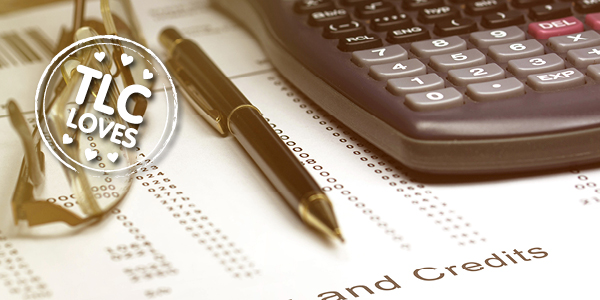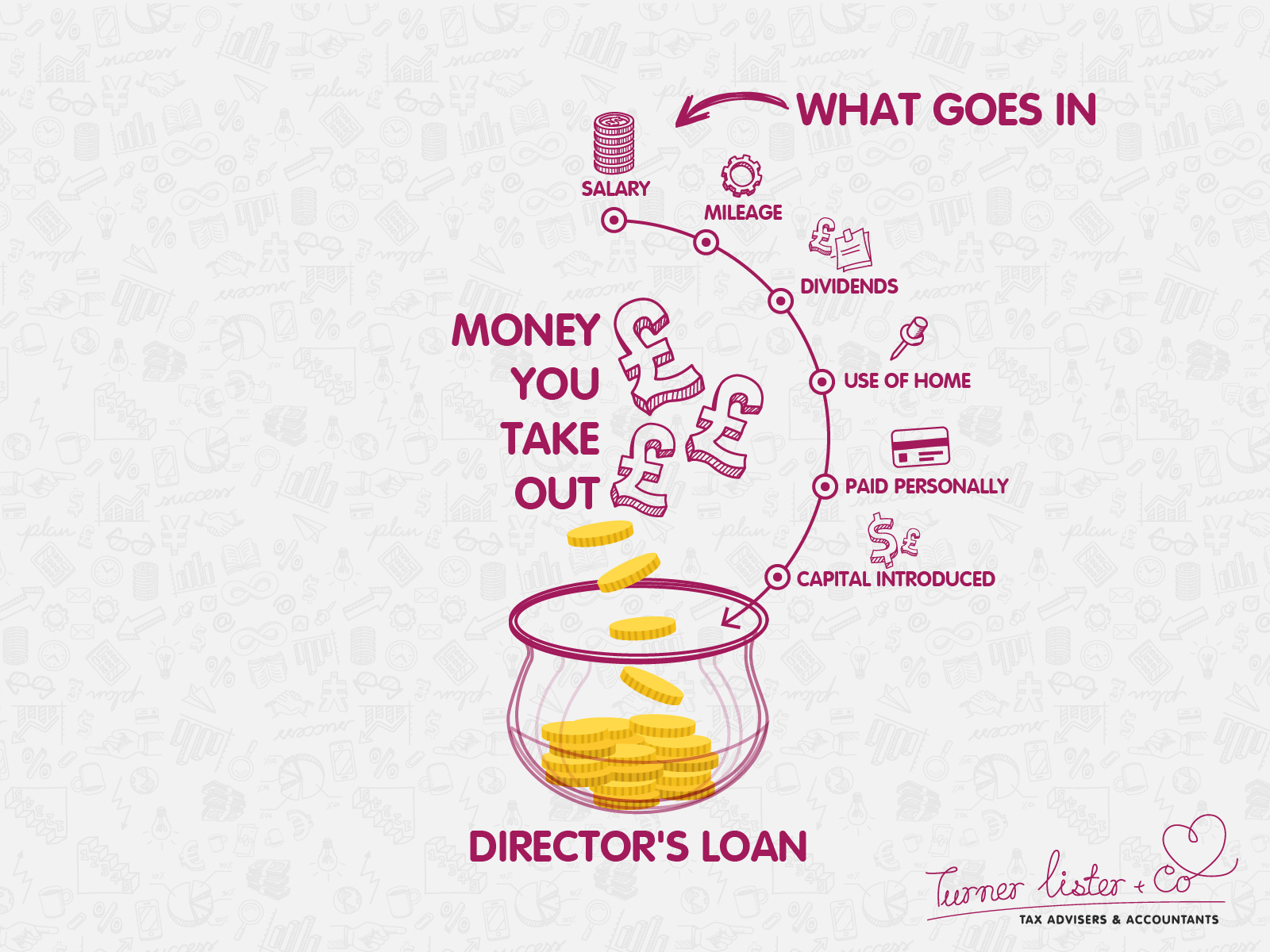What on earth is a director’s loan?
9th February 2017

Okay, we get it. Director’s loan accounts (DLAs) are confusing beasts and it’s pretty hard to keep track of the balance on a day-to-day basis (that’s why we let you know each quarter how your director’s loan account is looking).
So what exactly is the director’s loan account? To put it bluntly, the DLA doesn’t exist, at least not the way a real bank account does. Think of it like a fictitious bank account within your company accounting records. You don’t get a cheque book and cash card with this type of account. But is does act in a similar way to a bank account with money coming in and then being withdrawn by the director.
The director’s loan account is simply a way of keeping track of money owed to you by the business, because money earned by the business is not yours – it belongs to the company. Remember, a company pays Corporation Tax on its profits.
Here’s our visual guide to the director’s loan account, with all the different ways you can pay in to it.
Paying into a director’s loan account
As you can see, there are lots of different ways to put money into your director’s loan account.
Mileage and salary
Mileage and salary are pretty straight forward. We usually advise directors to take a small salary up to the National Insurance threshold (we’ll let you know exact figures). If money is tight one month and you don’t actually take your salary out of the business bank account, the money is still owed to you, it just goes into your director’s loan.
Every business-related trip you make can be claimed as mileage. Whether it’s a trip to see us or a panic trip to Staples because you’ve run out of paper – you can claim 45p a mile for the first 10,000 miles. For most of you, this won’t be a problem but for those doing lots of travelling you claim 25p per extra mile for the remainder of the tax year.
And just in case you didn’t already know that we are miles better than any other accountant (sorry), we offer all our clients free use of a great app called ‘Tripcatcher’ which records your mileage in just a few seconds. Please see our blog for a post about how it works and get in touch if you’d like to be set up.
Dividends
Dividends can be complicated, which is why we talk to you regularly about what you can choose to pay and when, but they are a very tax-efficient way of taking money out of your company – or at least they were. Dividends are simply a share of profits awarded to directors that allow you take more money out of a company than just your salary – but only if the business is in profit. The rules on dividends changed in April 2016, so please take a look at our blog for an in-depth review by our tax expert, Claire Turner.
Capital Introduced
Capital Introduced is the technical term for money that you have put into the business bank account. Whether its £500 or £50,000 you are entitled to take this out of the company as long as there are sufficient funds to do so. This is likely to be the money you put in the business to start it.
Use of home
This is sometimes a difficult one to get your head around, which is why we’ll have taken you through the calculations for your situation and is also the reason we need to see various bills at the end of each year. If you use your home as part of your work , whether that’s an office in a spare room or a studio in the garden, then you can claim some costs back from the company. The business is benefitting from you paying for heating, lighting and even rent or mortgage payments, so you are entitled to claim an allowance.
Expenses paid personally
This type of expenses is pretty straight-forward. They just need to be a direct business expense such as train tickets or hotel accommodation for business meetings. Because you’ve paid out for these expenses from your own pocket the cost goes into the director’s loan account just as if it was money that you actually paid into the bank, to be reimbursed. We’ll talk you through expenses each year to make sure you’re not claiming too little – or too much. And before you ask, no you can’t claim your summer holiday through the company!
Taking money out of a director’s loan account
So everything is now into the mysterious director’s loan account. Good news – you can now take some of your hard earned money out of the company.
When you transfer money between the business account and your personal one, accountants call this drawings. However, the director’s loan account isn’t a bottomless pit and needs to balance with the money you put in.
It is possible for a director’s loan account to go overdrawn, but HMRC doesn’t like this one bit. There can be tax implications of being overdrawn, so if you want to take a big lump sum out of your business it’s worth checking with us about how much is left in your director’s loan account.
It’s part of our quarterly service to give you an update on your director’s loan account. But if you want any more advice or information, just give one of us a call in the office and we’ll talk you through your specific situation.


Add a Comment
You must be logged in to post a comment.